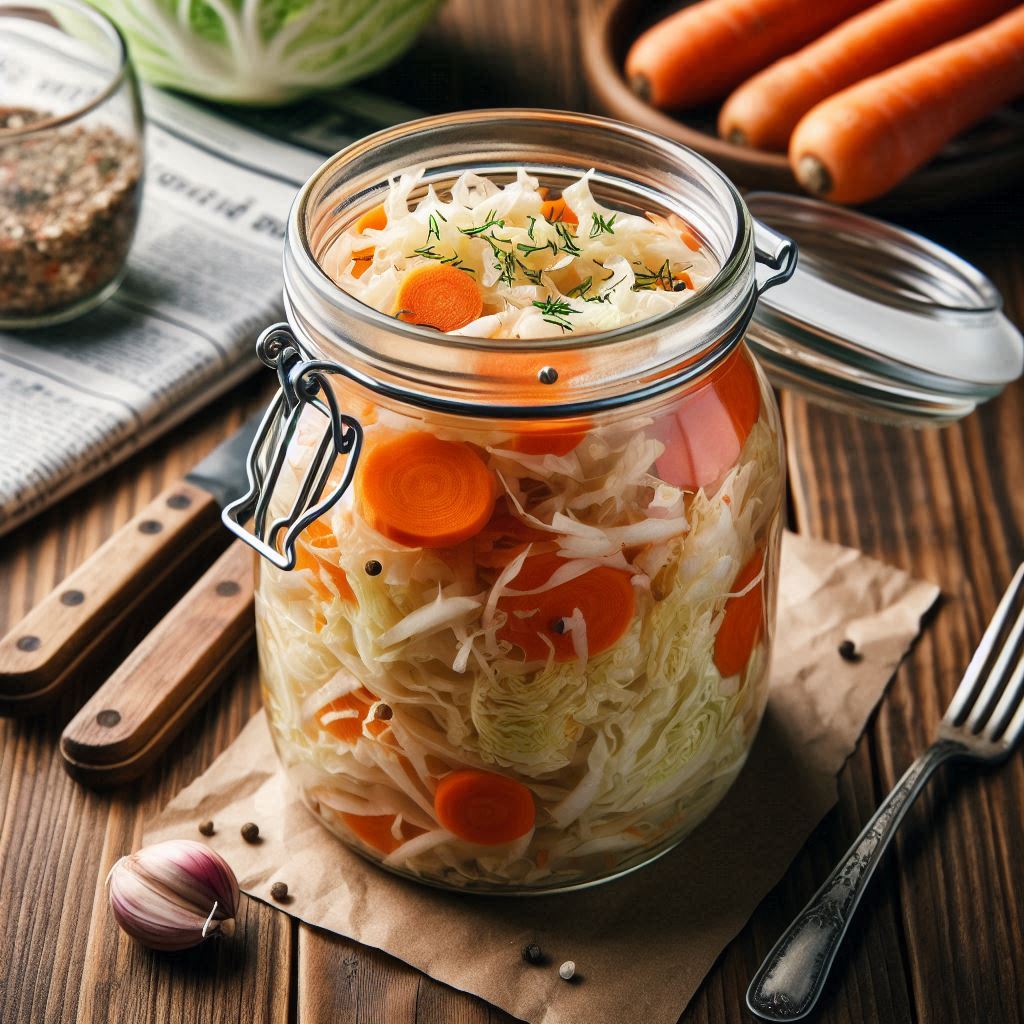Introduction
Condiments have always been an essential part of culinary traditions, enhancing flavors and adding a unique touch to dishes. Recently, sauer condiments have been gaining significant attention in the culinary world, particularly highlighted in a New York Times feature. These tangy, fermented, and often probiotic-rich additions are not only celebrated for their bold flavors but also for their health benefits. This article explores the rise of sauer condiments, their origins, health benefits, and how they are transforming contemporary cuisine.
Origins of Sauer Condiments
Historical Roots
Sauer condiments have a long history rooted in various global cuisines. Fermentation, a key process in creating these condiments, dates back thousands of years. It was initially used as a preservation method before refrigeration was available. Cultures worldwide have their own versions of sauer condiments:
- Sauerkraut: A staple in German cuisine, made from fermented cabbage.
- Kimchi: A Korean delicacy involving fermented vegetables, most commonly napa cabbage and radishes.
- Pickles: Found in numerous variations across different cuisines, from dill pickles in the U.S. to achar in Indian cuisine.
Traditional Preparation Methods
The traditional preparation of sauer condiments involves fermenting vegetables with salt, which creates an environment for beneficial bacteria (lactic acid bacteria) to thrive. This process not only preserves the vegetables but also imparts a distinctive tangy flavor and enhances their nutritional value.
Health Benefits
Probiotic Power
One of the most celebrated aspects of sauer condiments is their probiotic content. Probiotics are beneficial bacteria that support gut health, which is crucial for overall well-being. Regular consumption of fermented foods can:
- Improve digestion
- Boost the immune system
- Enhance nutrient absorption
- Balance gut microbiota
Nutrient Enhancement
Fermentation can increase the bioavailability of certain nutrients, making them easier for the body to absorb. For instance, the fermentation process can break down anti-nutrients like phytic acid in vegetables, thereby enhancing the availability of minerals such as iron and zinc.
Antioxidant Properties
Fermented vegetables are often rich in antioxidants, compounds that help protect cells from damage caused by free radicals. This can contribute to reduced inflammation and a lower risk of chronic diseases.
Culinary Transformation
Fusion of Flavors
Sauer condiments are not just about tanginess; they bring a complex depth of flavor to dishes. Chefs and home cooks alike are experimenting with these condiments to create innovative dishes that combine traditional and contemporary elements. For example:
- Kimchi Tacos: A fusion of Korean and Mexican cuisine.
- Sauerkraut Burgers: Adding a tangy crunch to classic American burgers.
- Pickled Vegetable Salads: Bringing a zesty twist to fresh salads.
Versatility in Cooking
The versatility of sauer condiments makes them a valuable addition to various types of cuisine. They can be used as:
- Toppings: For sandwiches, burgers, and tacos.
- Side Dishes: Accompanying main courses to provide a flavor contrast.
- Ingredients: Incorporated into recipes for soups, stews, and marinades.
The New York Times Feature
Spotlight on Sauer Condiments
The New York Times feature on sauer condiments has brought significant attention to this culinary trend. Highlighting both traditional and innovative uses, the feature showcases how these condiments are being embraced by renowned chefs and food enthusiasts. The article emphasizes the growing popularity of sauer condiments in gourmet kitchens and home cooking alike.
Recipes and Recommendations
In addition to exploring the cultural and health aspects of sauer condiments, the New York Times feature provides readers with recipes and recommendations. These include:
- Homemade Fermentation: Guides on making sauerkraut, kimchi, and pickles at home.
- Creative Uses: Ideas for incorporating these condiments into everyday meals.
- Product Recommendations: Highlighting artisanal and commercially available sauer condiments.
Conclusion
The rise of sauer condiments marks a significant shift in culinary preferences, driven by a desire for bold flavors and health-conscious choices. With their rich history, numerous health benefits, and versatile culinary applications, sauer condiments are more than just a passing trend. They represent a return to traditional food preparation methods while simultaneously embracing contemporary innovation. As highlighted by the New York Times, these tangy treasures are set to remain a staple in kitchens worldwide, enriching diets and delighting taste buds with their unique and vibrant flavors.
